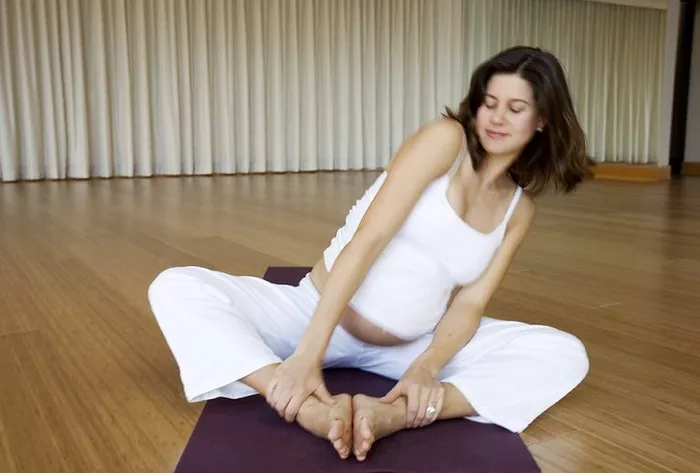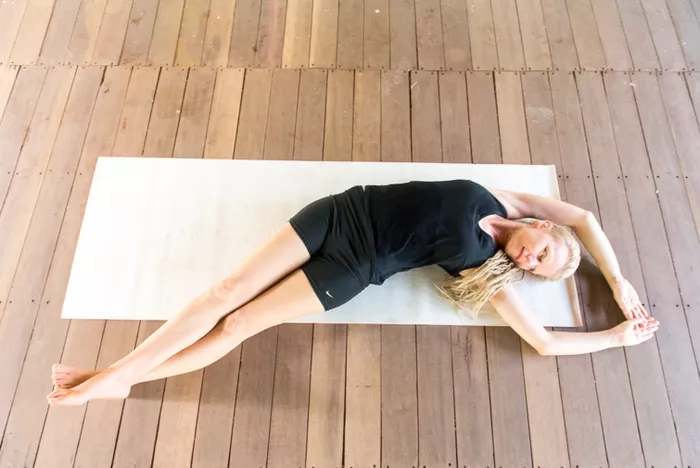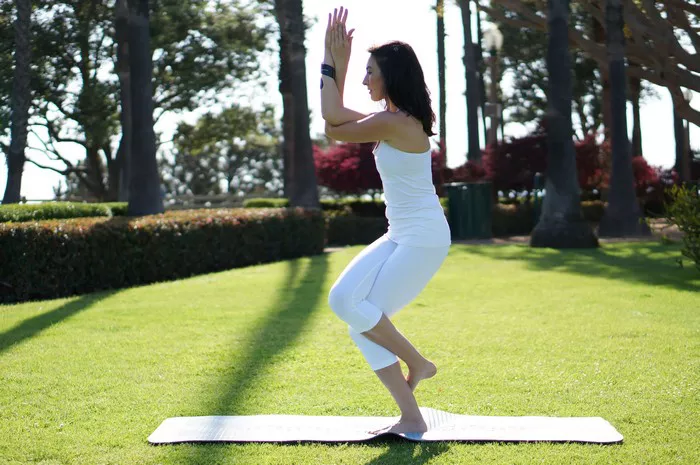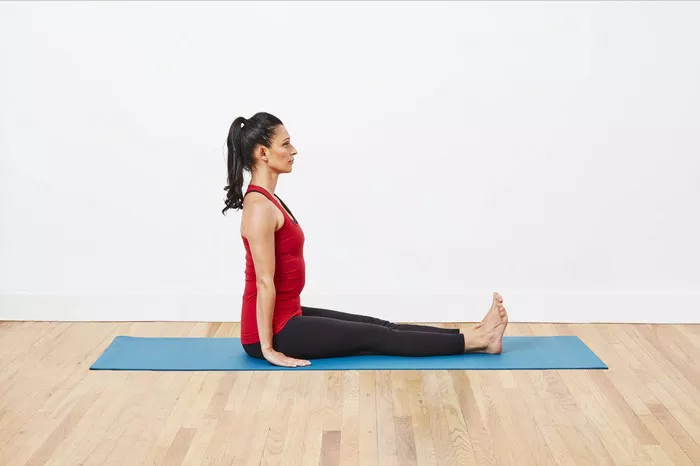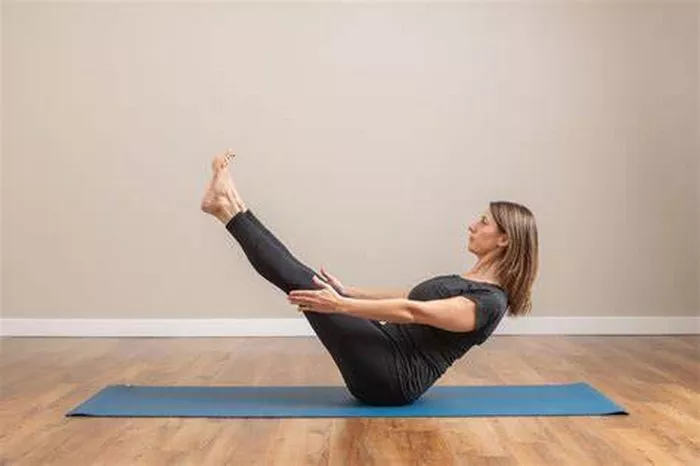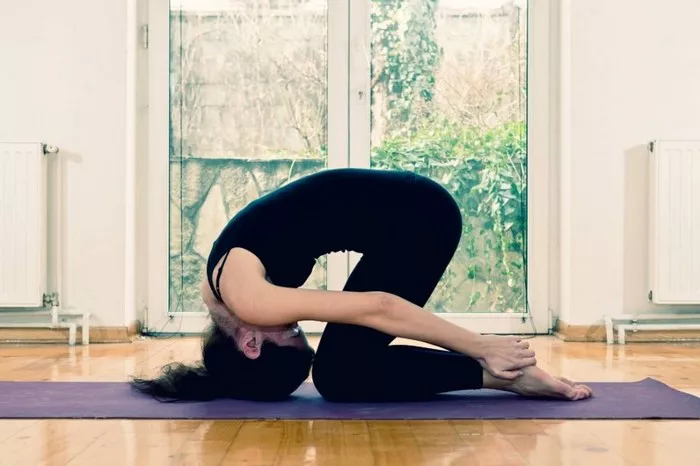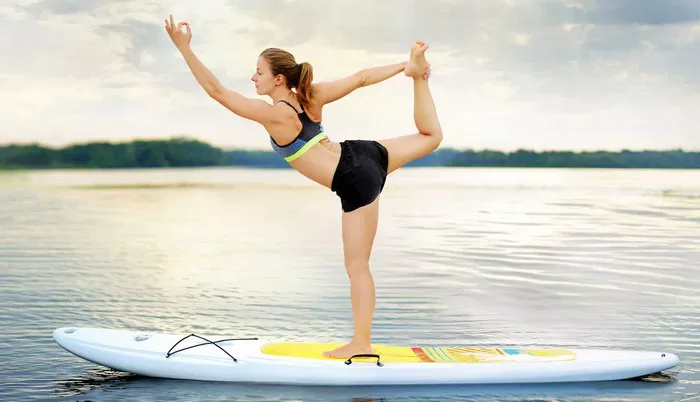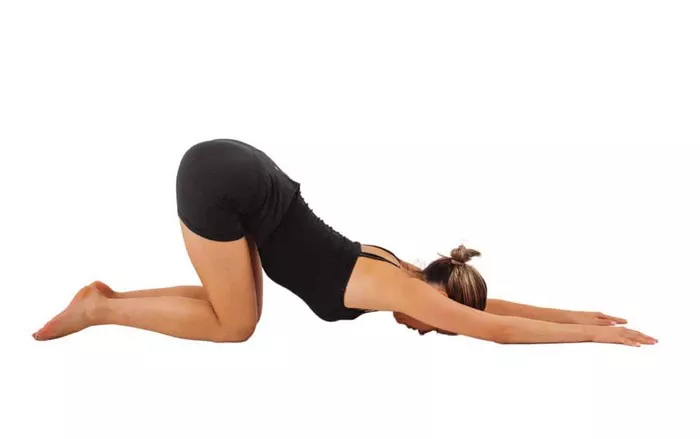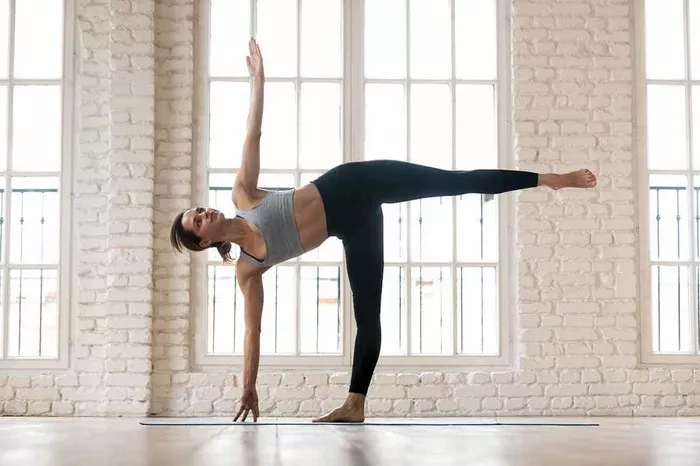Yoga balls, also known as exercise balls, stability balls, or Swiss balls, are versatile and effective tools in yoga practice and fitness routines. They can support a variety of exercises, from stretching and balance work to strengthening and rehabilitation. However, choosing the right size yoga ball is crucial for achieving the desired benefits and avoiding potential discomfort or injury. In this article, we will explore how to select the perfect yoga ball size based on your height, weight, and specific goals.
Understanding the Yoga Ball
Before diving into size recommendations, it’s important to understand the purpose of a yoga ball. The primary function of a yoga ball is to challenge balance, core strength, and flexibility. By sitting on or performing exercises with the ball, you engage a number of muscle groups, which helps improve posture, stability, and overall body awareness.
Yoga balls come in different sizes, typically ranging from 45 cm to 85 cm in diameter. The size you need depends on your height, weight, and the type of exercises you plan to do.
How to Choose the Right Size Yoga Ball
Selecting the right size yoga ball depends on three main factors: your height, your weight, and the purpose for which you are using the ball. Let’s break these down:
1. Height and Yoga Ball Size
The first and most important factor in choosing the right size yoga ball is your height. The yoga ball should be big enough to allow you to maintain proper posture, especially when sitting on it or performing exercises like squats, stretches, or abdominal work.
Here’s a simple guide to determine the right size yoga ball based on height:
Height: 4’11” to 5’4” (150 to 163 cm) – A 45 cm ball is recommended.
Height: 5’4” to 5’11” (163 to 180 cm) – A 55 cm ball is recommended.
Height: 5’11” to 6’4” (180 to 193 cm) – A 65 cm ball is recommended.
Height: 6’4” and above (193 cm and taller) – An 75 cm ball is recommended.
This guide is based on the assumption that you’ll be using the yoga ball for basic exercises like sitting or performing foundational stretches and poses. However, if you plan to use the ball for more advanced movements or exercises, the size may vary slightly, which brings us to the next factor: weight.
2. Weight and Yoga Ball Size
Your weight is another important consideration when choosing a yoga ball. While height is the primary determining factor for most individuals, your weight can influence the level of comfort and stability you’ll have while using the ball. If you are heavier, you may need a slightly larger ball for added stability.
The good news is that yoga balls are made from durable, burst-resistant materials, and they can support a wide range of body weights. However, it’s important to select a size that gives you a stable base and prevents the ball from deflating too much under your weight.
Generally, larger balls (e.g., 65 cm or 75 cm) can accommodate heavier weights more comfortably. However, it’s still important to choose the appropriate size based on your height and use.
3. The Purpose of Your Yoga Ball
Your intended use for the yoga ball will also impact the size you need. Depending on whether you’re using the ball for exercises such as balance work, abdominal workouts, stretching, or seated postures, your choice of ball size may vary.
Seated Posture: When sitting on the ball, your knees should be at a 90-degree angle with your feet flat on the ground. If you’re using the ball as a chair alternative, this is a key factor to consider. For example, if your height is 5’8”, a 55 cm yoga ball will keep your knees properly aligned and comfortable.
Balance Exercises: For dynamic movements such as yoga poses, stretches, or core workouts, a larger ball provides more stability. If you’re doing more active movements, a ball size of 65 cm or 75 cm may be a better option.
Abdominal and Core Work: For exercises like crunches or ab rollouts, a 65 cm ball is typically ideal for those who are 5’11” to 6’2” tall. You’ll want a ball that allows you to maintain proper body alignment, preventing you from arching or straining your back.
Rehabilitation and Physical Therapy: A smaller ball, such as the 45 cm size, is often recommended for rehabilitation exercises. A smaller ball can offer more control, especially when you need to focus on slow, deliberate movements for injury recovery.
How to Test if Your Yoga Ball is the Right Size
Once you’ve chosen a ball based on your height and intended use, you’ll want to test it to ensure it’s the right fit. Here’s a simple way to do that:
Sit on the Ball: Place the ball on a flat surface and sit on it. Your feet should be flat on the ground, with your knees at a 90-degree angle.
- If your knees are higher than your hips, the ball is too small.
- If your knees are lower than your hips, the ball is too large.
Test Your Range of Motion: Try a few basic exercises, such as squats or stretches, while sitting or kneeling on the ball. You should feel stable and not at risk of losing your balance. Your back should remain straight, and your movements should feel comfortable.
Adjust the Inflation: If you find the ball too firm or too soft, you can adjust the inflation. The ideal ball should be firm enough to support your weight but soft enough to allow slight compression when sitting on it.
Additional Tips for Choosing a Yoga Ball
Quality Matters: Invest in a high-quality yoga ball that is made from durable, burst-resistant materials. These balls are generally safer and more durable for long-term use.
Stability: Make sure that the ball has anti-slip qualities, especially if you plan to use it on a smooth surface. A non-slip surface provides better grip and safety, particularly during balance exercises.
Consider Ball Accessories: Many yoga balls come with accessories such as pumps for inflation and carrying bags for easy storage. These extras can make your yoga ball more convenient to use and store.
Conclusion
In conclusion, the right size yoga ball is essential for both safety and effectiveness. To select the ideal yoga ball, consider your height, weight, and the specific exercises you plan to perform. The general size guidelines based on height are a great place to start, but you should always test the ball for comfort and stability before committing to a specific size. Remember, whether you’re using the ball for seated posture, balance exercises, core workouts, or rehabilitation, the right size will help you maximize the benefits of your practice.
Take your time to choose a ball that fits your needs and allows you to perform your exercises with ease and confidence.
Related Topics:


